Climate and Disaster Risk Finance: A Mosaic of Instruments
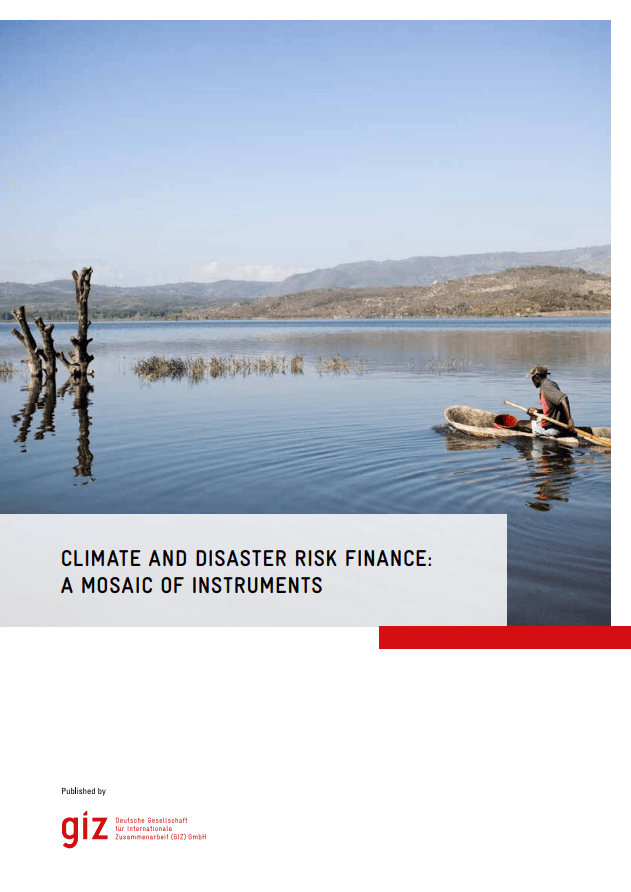
Climate and Disaster Risk Finance and Insurance (CDRFI) is a long-term agenda that requires political commitment, technical expertise, and strong collaboration between public and private actors. This publication maps the financial instruments and management approaches used across the five phases of CDRFI, while recognising that boundaries between them are often fluid.
Vision 2025 Update: Achievements in 2024
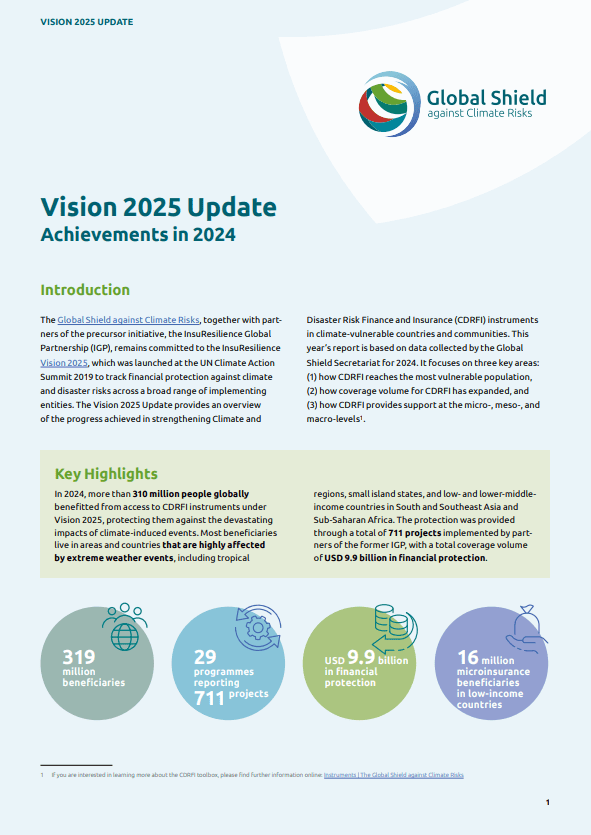
The Vision 2025 Update provides an overview of the progress achieved in strengthening Climate and Disaster Risk Finance and Insurance (CDRFI) instruments in climate-vulnerable countries and communities. This year’s report is based on data collected by the Global Shield Secretariat for 2024.
Compendium of proposals for CALMA RIESGOS
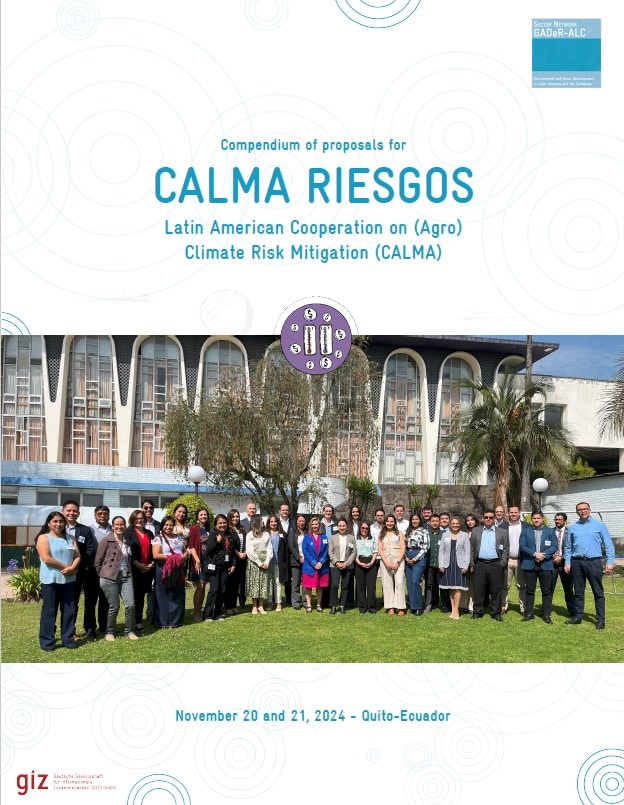
Compendium of proposals for CALMA RIESGOS
Latin American Cooperation on (Agro) Climate Risk Mitigation (CALMA)
“Boosting insurance for climate risks” convened 35 representatives to share experiences on the implementation of rural insurance in their respective countries and discuss opportunities to strengthen regional cooperation on climate adaptation and market development.
Typhoon Risk Insurance for Marine Protected Areas in the Philippines
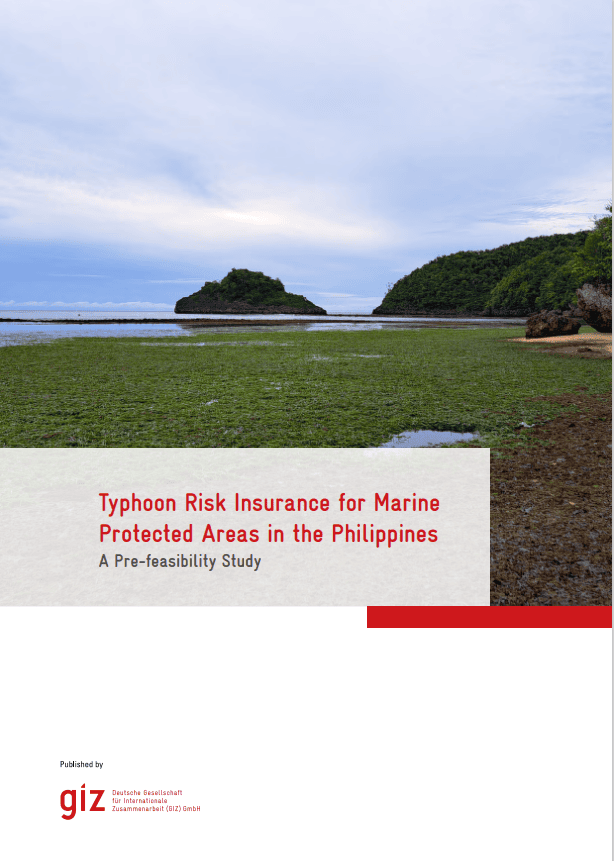
The Philippines is host to more than 1800 Marine Protected Areas (MPAs) and is committed to significantly expand their number and size under the 30 x 30 framework. These MPAs face an increasing threat from multiple hazards, most notably typhoons, which can severely damage mangroves, coral reefs and seagrass meadows. Already chronically underfunded, many MPA management councils struggle to replace lost monitoring assets and finance rehabilitation work. The Deutsche Gesellschaft für Internationale Zusammenarbeit (GIZ) commissioned this pre-feasibility study in order to analyse the potential of new insurance solutions to assist MPAs bouncing back quickly in the aftermath of typhoon events.
Report on Ecosystem-based Adaptation and Nature-based Insurance Solutions in the Philippines and Asia
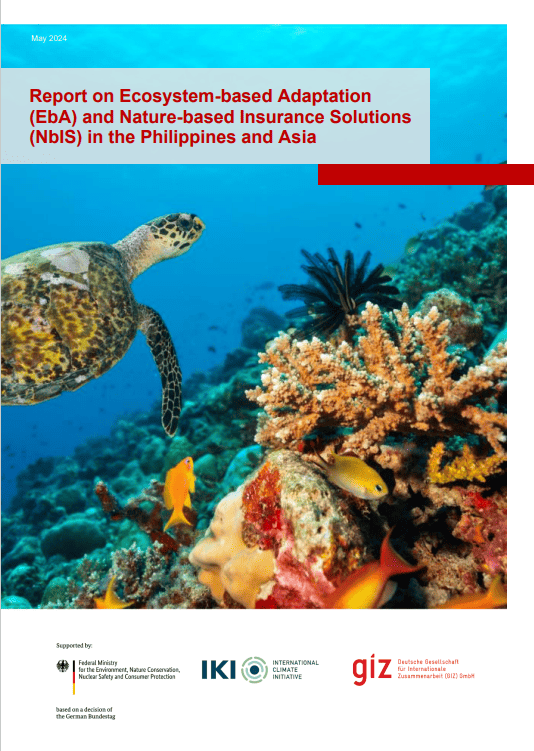
This study aims to explore how Ecosystem-Based Adaptation (EbA) and Nature-Based Insurance Solutions (NbIS)
can effectively mitigate the impacts of climate-related hazards in the Philippines and in the region. It delves into
understanding the policy landscape, examining market practices through case studies, identifying challenges in
the sector, and proposing steps to scale EbA and NbIS solutions in the country.
Foundations of Climate and Disaster Risk Finance and Insurance (CDRFI) and Impactful Civil Society Engagement

This free, self-paced eLearning course gives a profound introduction to climate and disaster risk finance and insurance (CDRFI) and the political processes surrounding it.
Roadmap for Integrated Climate Risk Management in Ghana: Flood Risk Management & Transfer
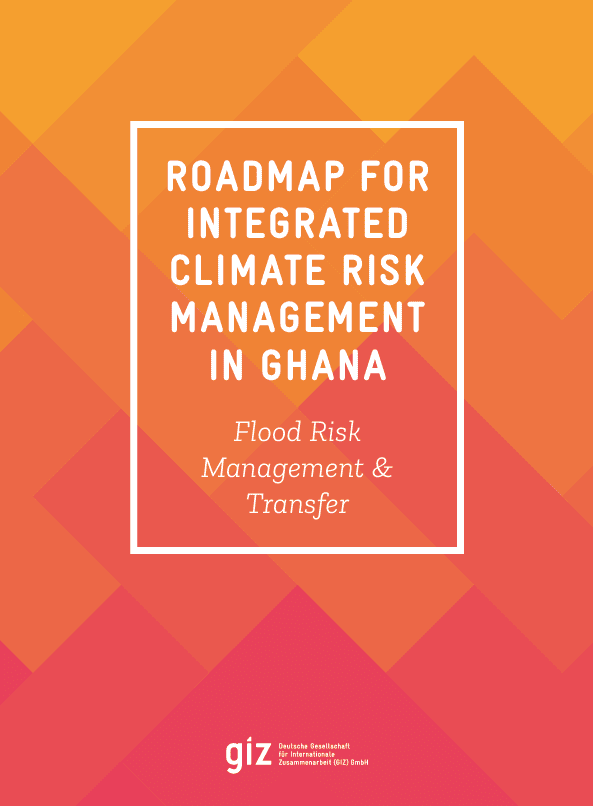
This roadmap was developed as part of the project “Developing Risk Management Approaches for Climate Risks in Ghana” that was implemented by GIZ and Allianz Re in cooperation with local partners in Ghana. The roadmap describes both the approach taken and the route followed by the project partners in applying the Integrated Disaster Risk Management concept in the context of managing flood risk of public infrastructure assets owned or managed by the three municipalities of Accra.
Disaster Risk Finance – A Toolkit
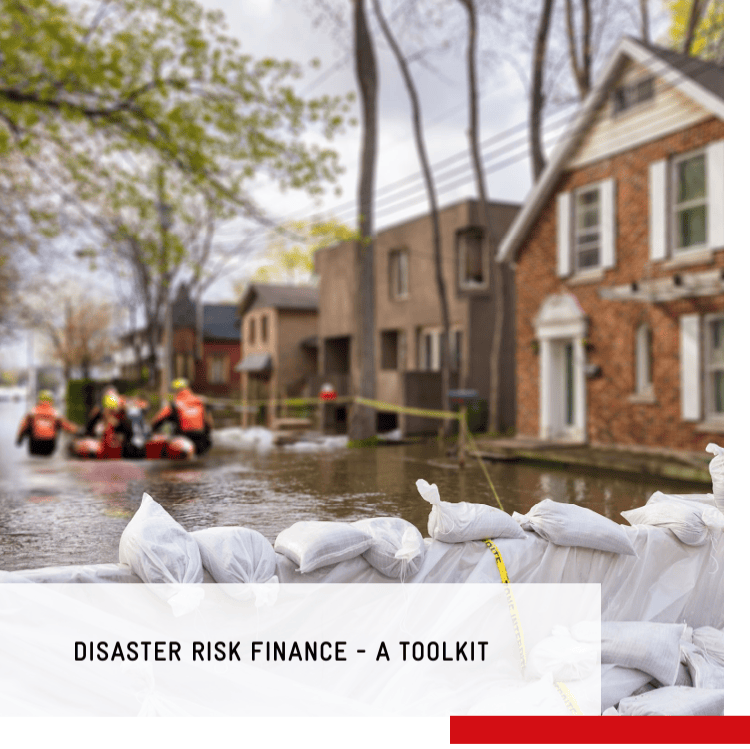
The impacts of climate-related disaster risks are growing and disproportionately affect vulnerable countries. Finance that is available in a timely fashion after a disaster is crucial in order to increase financial resilience. The purpose of this disaster risk toolkit is to provide practical guidance on how to decide which disaster risk finance instruments are suitable for which circumstances.
Climate and Disaster Risk Financing in Zambia – a Protection Gap Analysis
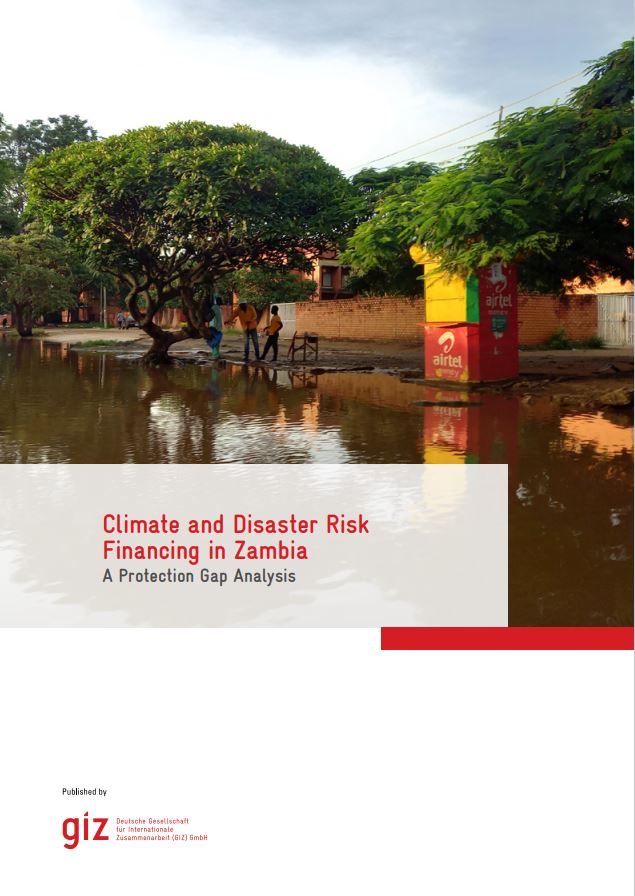
This study serves as a basis for developing a Climate and Disaster Risk Financing Strategy for Zambia. It quantifies Zambia’s “protection gap” by comparing expected economic impacts from floods and droughts to the extent currently covered by available pre-arranged financial mechanisms.
Catalysing Finance and Insurance for Nature-based Solutions
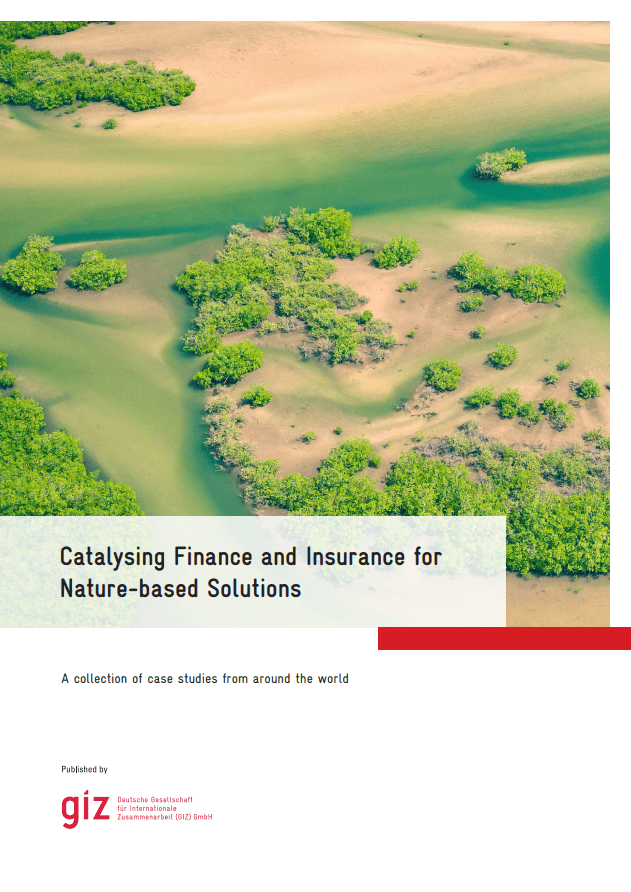
Nature-based solutions can be an effective way to address environmental and social challenges, including adaptation to climate change and nature-related financial risks faced by economies around the globe. Although private sector engagement has picked up, nature-based solutions remain severely underfunded.
